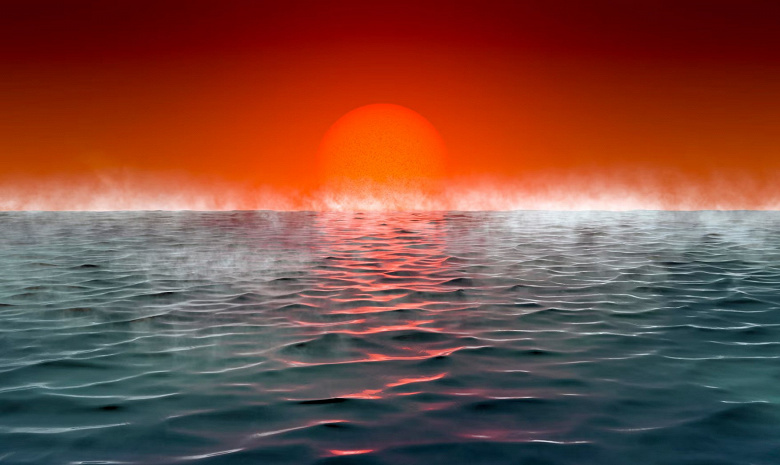And causes heated debate among astronomers about the habitability of conditions on this exoplanet
Astronomers from the University of Cambridge, together with a Canadian team, conducted studies of the exoplanet TOI-270 d and obtained interesting results that may indicate the presence of viable conditions on this planet.
During observations using the «James Webb Space Telescope» (JWST), astronomers from the University of Cambridge, together with a Canadian team, discovered the presence of water vapor and the chemical signatures of methane and carbon dioxide in the atmosphere of exoplanet TOI-270 d, which is twice the radius of Earth and located at a distance of about 70 light years from our planet.
Researchers suggest that such a chemical mixture may indicate the presence of a deep ocean that covers the entire surface of the planet, as well as a hydrogen-rich atmosphere. According to Professor Nikku Madhusudhan, who led the analysis, TOI-270 d ocean temperatures can reach 100 degrees Celsius or even higher; at high atmospheric pressure, such conditions can still maintain a liquid ocean form. However, the question remains whether such an ocean would be suitable for the emergence of life.
A team of Canadian scientists, after conducting additional observations, expressed doubts about the hypothesis of the existence of an ocean on TOI-270 d. They indicate that the temperature on the planet can reach up to 4000°C, which makes the existence of liquid water impossible. Instead, they suggest that the surface of TOI-270 d is composed of rocky material and is covered by a dense atmosphere of hydrogen and water vapor.
Initial evidence for the existence of the TOI-270 d ocean was based on the absence of ammonia, which would occur naturally in a hydrogen-rich atmosphere. But ammonia is highly soluble in water, so it would disappear from the atmosphere if the exoplanet had an ocean.
Both teams detected carbon disulfide in the atmosphere of TOI-270 d, which may be related to biological processes, but may also have other sources. However, they found no evidence of another biosignature molecule, dimethyl sulfide.
TOI-270 d is of particular interest to astronomers: the planet constantly faces its star on one side, while the other is immersed in eternal darkness, creating a sharp temperature contrast between the day and night sides. On the day side the ocean will heat up to very high temperatures, while on the night side there may be more favorable conditions for the emergence of life. However, high atmospheric pressure with pressures tens or hundreds of times greater than the pressure at the Earth's surface and enormous amounts of water vapor make these conditions extremely extreme.
Professor Bjorn Benneke from the University of Montreal conducted additional research. According to him, the temperature on the exoplanet can reach 4000°C, and water is in a supercritical state, where the line between liquid and gas becomes blurred.
Further studies of TOI-270 d will help clarify and understand what conditions may be inherent in such exoplanets and which of them may provide the most favorable conditions for the emergence of life.

